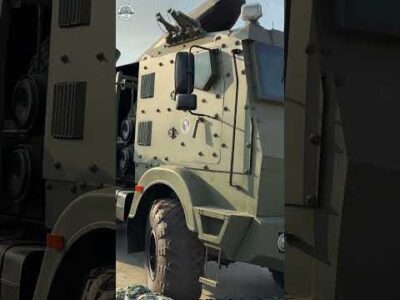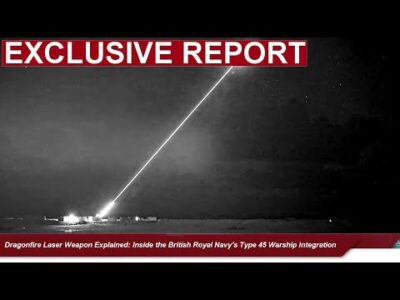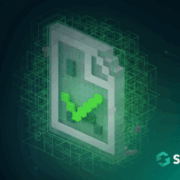The Philippine Navy is set to decommission 22 vessels in 2020 to save on maintenance costs and to make way for the entry of new assets in the future.
Philippine Navy’s Outgoing Flag Officer in Command Vice Admiral Robert Empedrad, who will retire on Feb 3, said on Wednesday (Jan 29) that the “ageing” vessels are already expensive to maintain that they need to be put out of service. Empedrad announced that the ships due for retirement this year include: patrol ships BRP Quezon (PS-70), BRP Miguel Malvar (PS-19), BRP Magat Salamat (PS-20), BRP Pangasinan (PS-31), landing ships BRP Laguna (LS-501), BRP Benguet (LS-507), and BRP Mangyan (AC-71).
All four remaining patrol killer medium crafts and 11 patrol boats would also be out of the fleet this year, he said. Earlier in the day, the Philippine Navy bade farewell to two long-serving vessels and one aircraft — the BRP Rizal (PS-74); BRP Nicolas Mahusay (PG-116) and Islander NV304. The two vessels were not included in the 22 ships mentioned by the Navy chief in his speech.
“It’s very expensive to maintain. It’s the only way to move forward. We have to retire these ships so we can man our new ships,” he told reporters after the event. “It’s ageing and the most important aspect of it is it doesn’t have the capability anymore. We need new personnel and we have to get rid of the old capabilities and train them for new capabilities like the frigate that we are acquiring this year,” he said.
The Philippine Navy is expecting the delivery of two brand new frigates this year built by Hyundai Heavy Industries in South Korea: BRP Jose Rizal (FF-150) and BRP Antonio Luna (FF-151).
Navy ship maintenance policies and actions are designed to ensure crew and ship safety while achieving desired operational readiness levels within current system capabilities, at the lowest possible total ownership cost. And the maintenance of a fleet is a highly complex and demanding task requiring considerable engineering skills and judgment. There are three types of maintenance:
Organizational Level:
- Performed by ship’s crew
- Includes only material costs
Intermediate Level:
- Includes tasks that are outside the crew’s capabilities
- Can be performed pier side, underway, or at a first level facility
Depot Level:
- Typically performed at a shipyard, in dry dock or pier-side to accomplish more intense maintenance tasks
Maintenance costs increase over the years. So the maintenance costs of an old ship are much higher. The balance between the high cost of new ship procurement and the maintenance of old ships is one of the most important problems of the navies.


















Comments